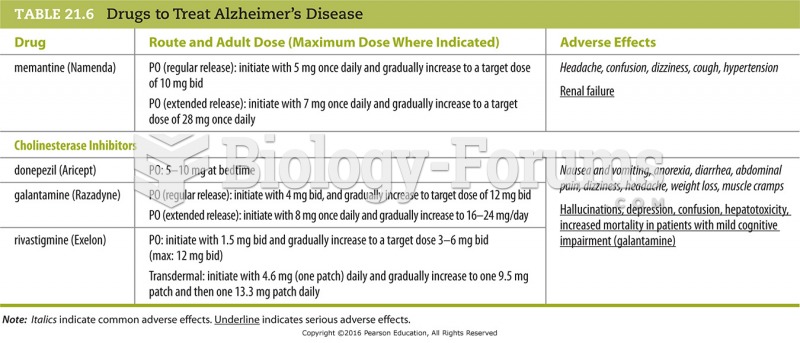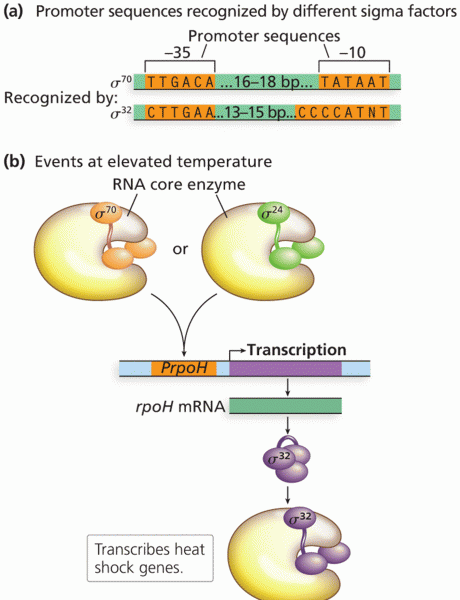Answer to Question 1
Answer: Consuming a Mediterranean diet emphasizing fish, unsaturated fat (olive oil), vegetables, and moderate consumption of red wine is linked to a 30 to 50 percent reduced incidence of Alzheimers disease, to slower disease progression in diagnosed individuals, and also to a reduction in vascular dementia. These foods contain antioxidants and other substances that help promote the health of the cardiovascular and central nervous systems. Education and an active lifestyle are beneficial as well. The rate of Alzheimers is reduced by more than half in older adults with higher education, though this protective effect is not as great for those with the APOE e4 gene. Late-life engagement in cognitively stimulating social and leisure activities also protects against Alzheimers and dementia in general. Finally, persistence, intensity, and variety of physical activity are associated with decreased risk of Alzheimers and vascular dementia, with larger benefits for older people with the APOE e4 gene. In longitudinal research, exercising regularly in midlife predicted reduced late-life dementia, after many other dementia-linked lifestyle factors were controlled. Beginning regular exercise in late life is also protective.
Answer to Question 2
Answer: Experts distinguish between primary aging (another term for biological aging), or genetically influenced declines that affect all members of our species and take place even in the context of overall good health, and secondary aging, declines due to hereditary defects and negative environmental influences, such as poor diet, lack of exercise, disease, substance abuse, environmental pollution, and psychological stress. While physical and mental disabilities of late adulthood are strongly related to age, they are not entirely caused by aging. It is difficult to distinguish primary from secondary aging. Although primary aging contributes to frailtywasted muscle mass and strength, unintentional weight loss, severe mobility problems, self-reported exhaustion, slow walking speed, low physical activity, and perhaps cognitive impairmentsecondary aging plays a larger role, through genetic disorders, unhealthy lifestyle (including obesity and sedentary behavior), and chronic disease.







